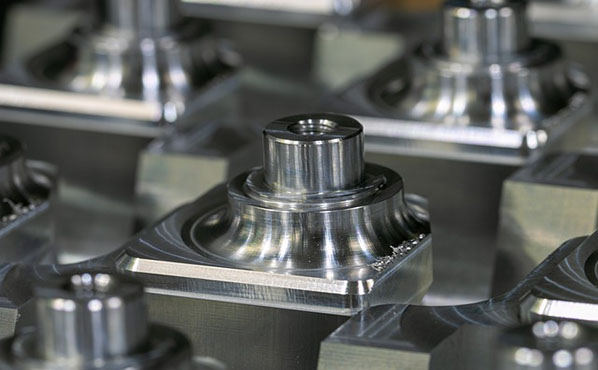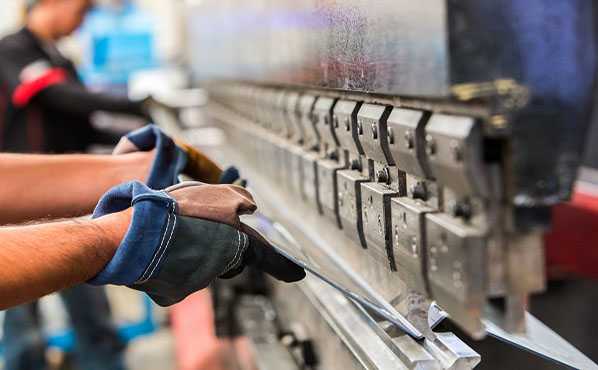Metal laser cutting machines have a very large form factor and are usually operated in workshops. Laser cutting machines are getting cheaper and smaller, and we can expect desktop laser cutting machines for metals to become common in the next few years. Naturally, a laser cutter is not a toy, especially when it comes to cutting metal. They can seriously damage our lives and property. In the following, some basics of laser cutting will be covered.

1.laser
简而言之,激光是一束聚焦的光,将大量的能量集中在一个非常小的区域。当这种情况发生时,激光器前面的材料会燃烧、熔化或汽化,形成一个洞。再加上一点数控技术,你就可以得到一台能够切割或雕刻非常复杂的木材、塑料、橡胶、金属、泡沫或其他材料的机器。每种材料在激光切割时都有其局限性和优势。
2.closed contour
All cutting contours must be closed. This is the most important rule. If the outline leaves room, it is impossible to remove the piece from the original board. There are exceptions to this rule if the work is to be engraved or etched and the outline must not be closed.
3.round hole
If you need to tolerate smaller holes, you can drill first with a laser and then with a power drill. Drilling will create a small hole in the material that later guides the drill bit during the drilling process. The diameter of the hole should be about 2-3 mm. In my experience, in this case, use the smallest hole possible, preferably the same thickness as the material if possible, and gradually drill larger and larger holes until you reach the desired diameter.
4.Threaded hole
This only applies if the material thickness is at least 1.5mm. For example, when laser cutting, steel melts and evaporates. After cooling, the cutting edge becomes hard and difficult to penetrate. Therefore, before cutting the thread, it is best to use the laser to drill the hole and then drill the hole.
5.Angle fillet
Sheet metal pieces may have sharp corners, but adding a chamfer to each corner (at least half the thickness of the material) will make the piece cheaper.
6.Notches and Lugs The minimum width of the notch must be at least 1 mm or the thickness of the material, whichever is greater. The length should not exceed five times the width. The lugs should be at least 3mm thick or twice the thickness of the material and, like the notches, should be less than five times the width in length, whichever is greater. The distance between notches must be at least 3mm and the minimum distance between lugs must exceed 1mm or the thickness of the material. Failure to do so may result in distortion of the work.

7.Multiple parts or thin parts
When cutting multiple pieces of the same sheet metal, there is a good experience to share: keep the distance between them not less than the thickness of the material. If the pieces are too close together, or if the pieces are cut too thin, the material between the two cutting lines can be burned.
The above is the basic knowledge of laser cutting. Do you want to know more about sheet metal processing? Bolden will continue to give you more knowledge about sheet metal processing.



